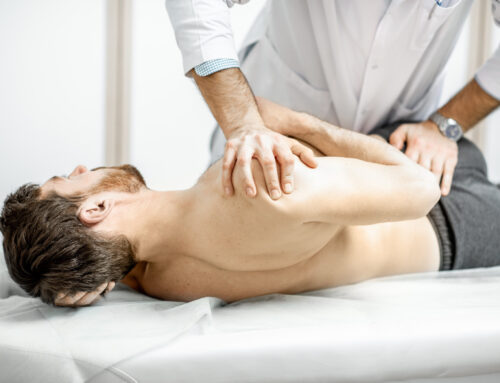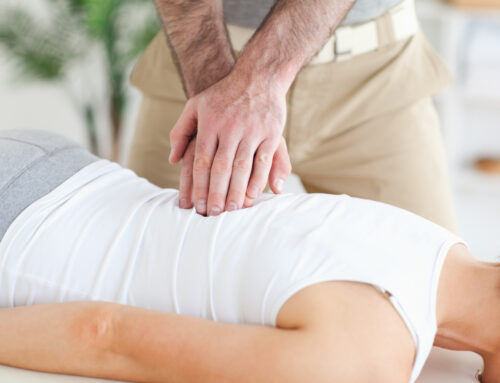 Knee pain is a common complaint for people who arrive at our Greenville chiropractic office with a chief complaint of low back pain. There are reasons for this, and that will be a subject for another blog post. Today I’ll talk about the common causes of knee pain, and when chiropractic management by our chiropractor Greenville SC is appropriate.
Knee pain is a common complaint for people who arrive at our Greenville chiropractic office with a chief complaint of low back pain. There are reasons for this, and that will be a subject for another blog post. Today I’ll talk about the common causes of knee pain, and when chiropractic management by our chiropractor Greenville SC is appropriate.
What causes knee pain?
There is of course no single cause for painful knees, but there are generally two types of contributing causes:
- Injuries from trauma usually happen suddenly and with significant force. Falling off of your bike and landing on your knee, twisting your knee when pivoting while golfing or throwing a ball are examples of traumatic injuries.
- Chronic injuries develop over a long period of time, and are often the result of repeated stress to knees. This stress can cause the knee to move out of its normal pattern of motion, and cause the knee cap to move off the center line of its normal glide on the femur.
Other common reasons for chronic injuries can include obesity, improper lifting technique, poor protection from heel strike shock if your job requires you to work on a hard surface. There are of course organic conditions which can cause chronic knee pain such as infections or tumors, but these are quite rare.
First steps for me as your doctor and chiropractor in Greenville SC, are to take a history to find out more about your pain and possible causes, and then perform an examination which may include range of motion and orthopedic testing to help determine the cause of your knee pain.
What are some causes of knee problems?
Your knee is actually made up of two joints and three bones. As a simple “hinge” joint, a healthy knee bends in one plane of motion and very slightly rotates while you walk. In normal posture, your kneecaps should point straight ahead over your feet. In this position, your knee provides you with the greatest support for your hips and spine. Problems occur when a knee becomes mal-aligned. One very common cause for this mal-alignment starts in the foot and ankle. If one or both feet has a structural problem (flat feet, high arch, weak ankles) this causes your leg to rotate improperly causing stress on your knee. As knee muscles and ligaments become stressed and weaken, a ripple effect is created which affects the hips, low back, and even your neck. That’s why I encounter patients who have back pain after he or she began to have knee problems.
How I help…
Depending upon your diagnosis, there are treatment programs which restore knees to normal function. Along with the potential need for rest or physical therapy modalities such as ice or ultrasound, knee conditions are treated with a three step protocol:
- Manipulation (adjustment) of the knee joint to assure proper alignment and tracking.
- Exercise to rebuild muscle strength and reinforce joint stability
- Prescribe stabilizing orthotics to reduce excessive internal or external rotation, and help absorb heel strike shock.
Stabilizing Orthotics Benefit Knee Pain
Could you benefit from orthotics? Take this test:
- Do you stand or walk on hard surfaces for more than four hours a day?
- Do you participate regularly in any physical sport? (cycling, running, tennis, etc.)
- Are you age 40 or over?
- Have you had a prior injury to your knee, back, or neck?
- Do your shoes wear unevenly?
- Do you have pain while standing, walking, or running?
- Do you have knock knees or bow legs?
- Do you have bunions, corns, calluses, or flat feet?
- Do your feet “toe out” when you walk?
If you checked any of the above, call the office at 864-292-6777 to set up a time for an evaluation and weight bearing foot scan. You’ll be glad you did!
Copyright: nebari / 123RF Stock Photo
Eastside Chiropractic PA
3014 Wade Hampton Blvd., Taylors SC 29687
864-292-6777





